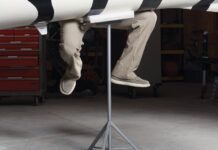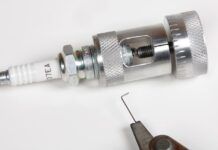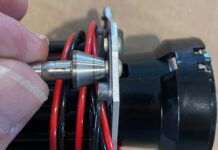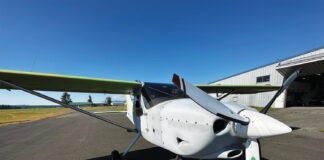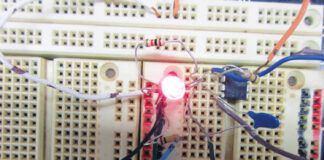It struck me the other day: Magnifiers, such as loupes and scopes, are among the great unsung heroes of the machine shop. If you’re doing precision work—anything that requires calipers, micrometers, or gauges to inspect or verify a dimension—a magnifier of one type or another should be part of your tool kit.
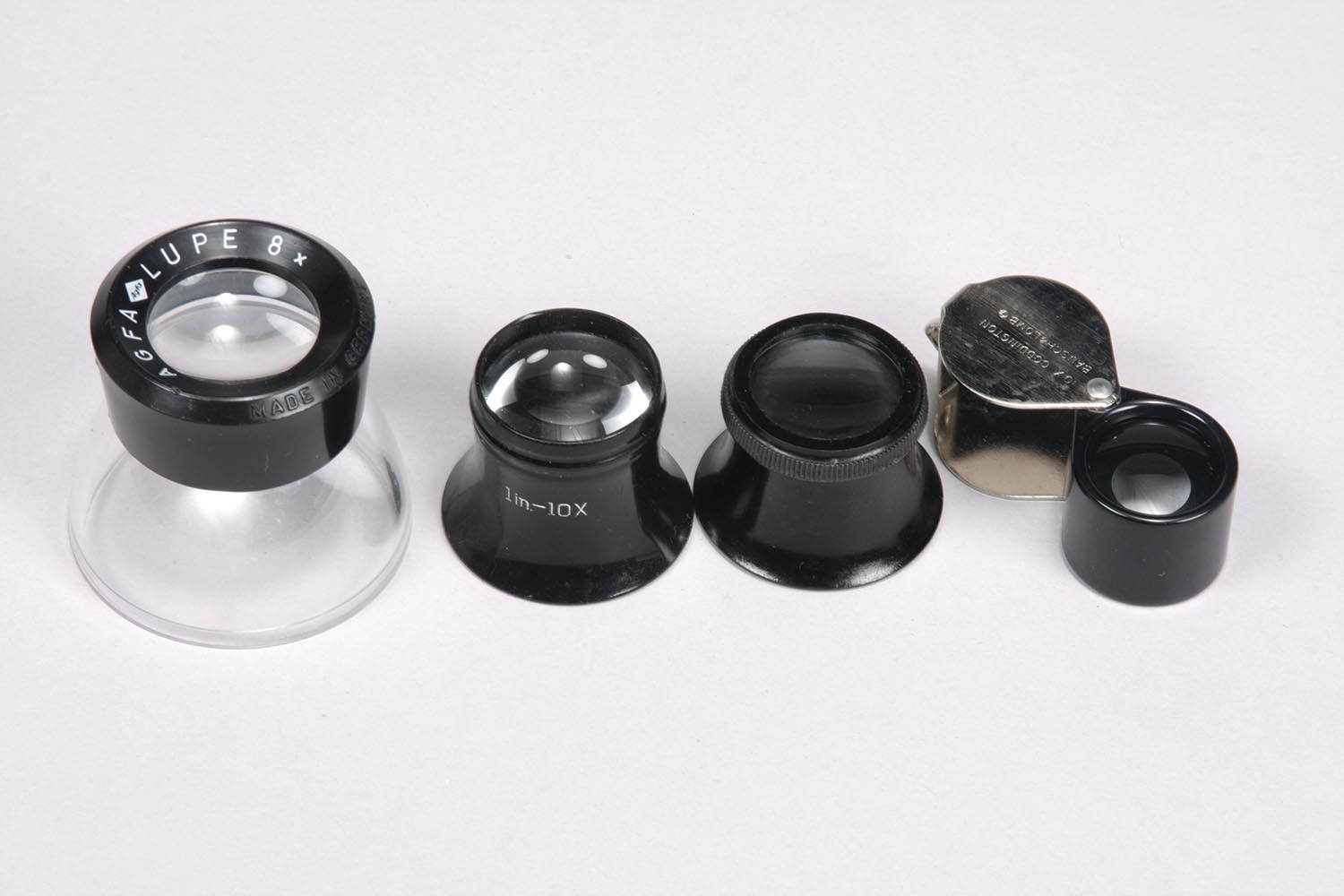
A typical day in the shop for me would be unusual if I didn’t use a magnifier at least once. It might be to check the edge of a drill or lathe tool, or to examine the surface finish of a machined part (see “A Fine Finish,” February 2019), to inspect deburred edges (see “Basic Edge Treatments and Deburring,” June 2015), or to verify the results of special tooling (see “Feeling Groovy,” June 2018). Last but not least, magnification is especially handy when you’re trying to dig a metal splinter out of the end of your finger!
In fact, digging a small metal splinter from the end of my finger was what inspired me to think about magnifiers. The occasional sliver is an occupational hazard of machining metal. Gloves, especially loose-fitting ones, are generally not a good idea when working around metalworking machines. That means bare fingers and hands are apt to absorb splinters and slivers on a semi-regular basis. Very annoying!

So, there I was in the home shop, using an inexpensive ($10) photographer’s loupe with a modest 8x magnification to zoom in on the latest annoyance. Seeing—close-up—exactly where the sliver was and how it was imbedded in my finger made removing it much easier.
A microscope would have been ideal, but that’s a bit extravagant. Luckily, there are plenty of inexpensive options for magnification in the home shop.

The most basic choice is a small handheld magnifier called a loupe. Loupes come in various forms named for their primary application, be it photography, geology, jewelry, watchmaking, or medicine. They range in price from $10 to $100 depending on the quality of the lens and the supplier.
An inexpensive folding loupe with 10x or 20x magnification would be ideal for the home shop. These are also called field loupes, geologists’ loupes, or simply pocket loupes. My dad used to carry one around all the time, and he used it constantly to inspect machined parts and small assemblies.
A watchmaker’s loupe looks something like the photographer’s loupe except it’s designed to be held “hands-free” by squinting the muscles around the eye socket. The lens magnification may be fixed or interchangeable.
The focal plane is fixed on most loupes. In other words, you simply move the object around as needed to bring it into focus.
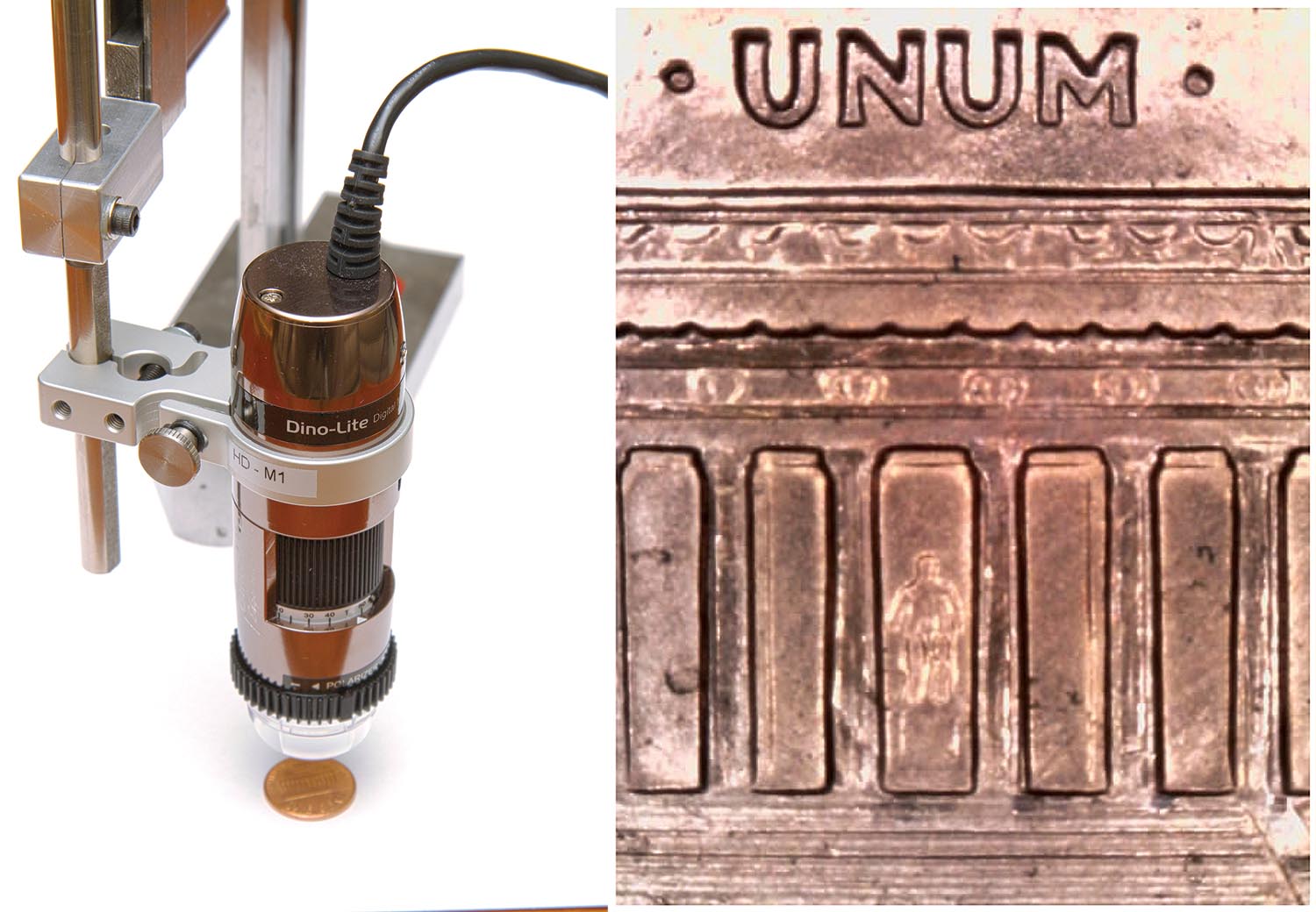
An interesting and potentially handy variation of the simple loupe is the pocket inspection scope (also called a pocket comparator or measuring magnifier). It features a calibrated scale mounted at the focal plane with an adjustable lens to compensate for the user’s eyesight. They’re a bit pricey ($80+), so I won’t be running out (or going to the mailbox) to get one; but if you come across one for the right price, it could be a worthwhile addition to your toolbox.
Loupes and pocket scopes are tough to beat when it comes to low cost, ease of use, and versatility, but they come up short if you need to document what you’re magnifying. Only a few years ago, if you wanted to get a decent photograph of a microscope image, the setup was not cheap. Today there’s a whole array of options, from small, handheld digital microscopes ($99 and up), to clip-on magnifying optics for smartphones ($10 and up).
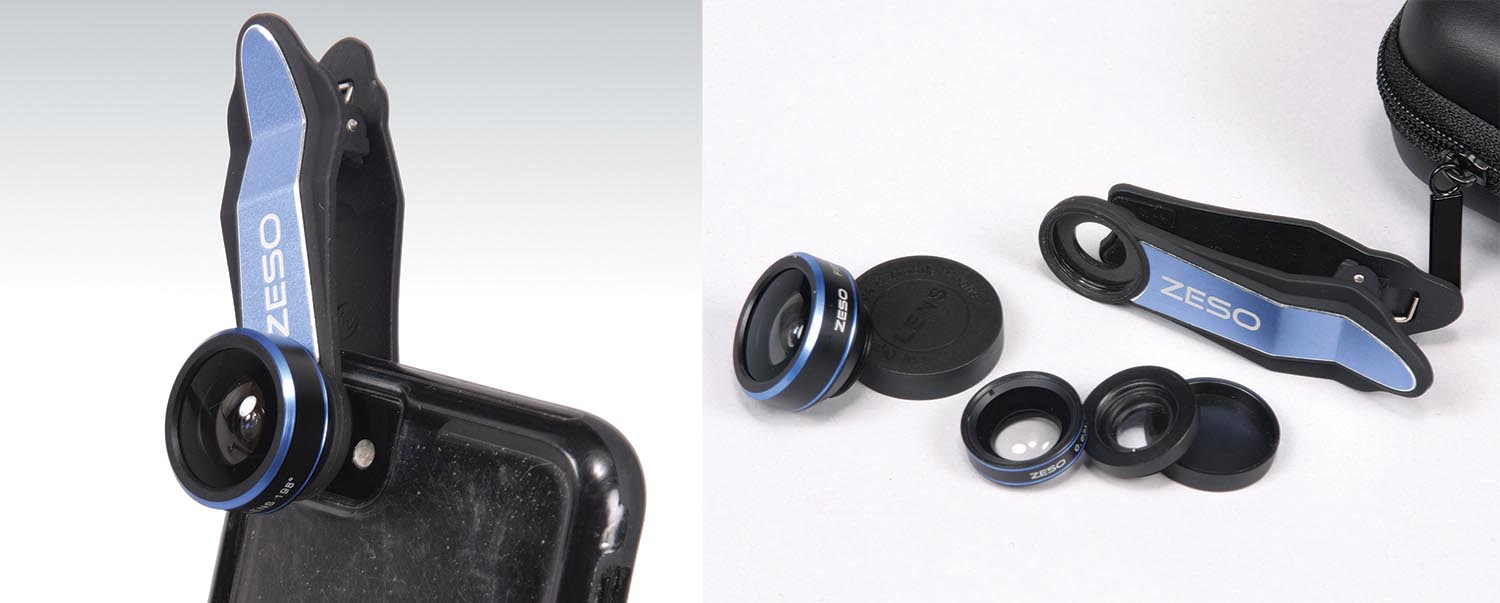
A good close-up view or image can take the guesswork out of visual inspections. Inspecting a honed engine cylinder for the correct cross-hatch angle is a good example. Depending on the manufacturer’s spec, the cross-hatch angle could be anywhere from 60 degrees to 30 degrees. Trying to measure it can be difficult, but a smartphone with a clip-on close-up lens is just the ticket to get a close-up view or to measure the cross-hatch angle at any number of points. Another example is inspecting thermocouple junctions for frayed or disconnected wires. These are about the size of a grain of sea salt, so the only way you can tell their condition is to zoom in with some sort of magnification.

That pretty much covers magnifiers. Now that you know how important they are for precision work, get out in the shop and make some chips!
Thanks to Jim Hadley at Schwien Engineering for use of the Dino-Lite USB scope.







